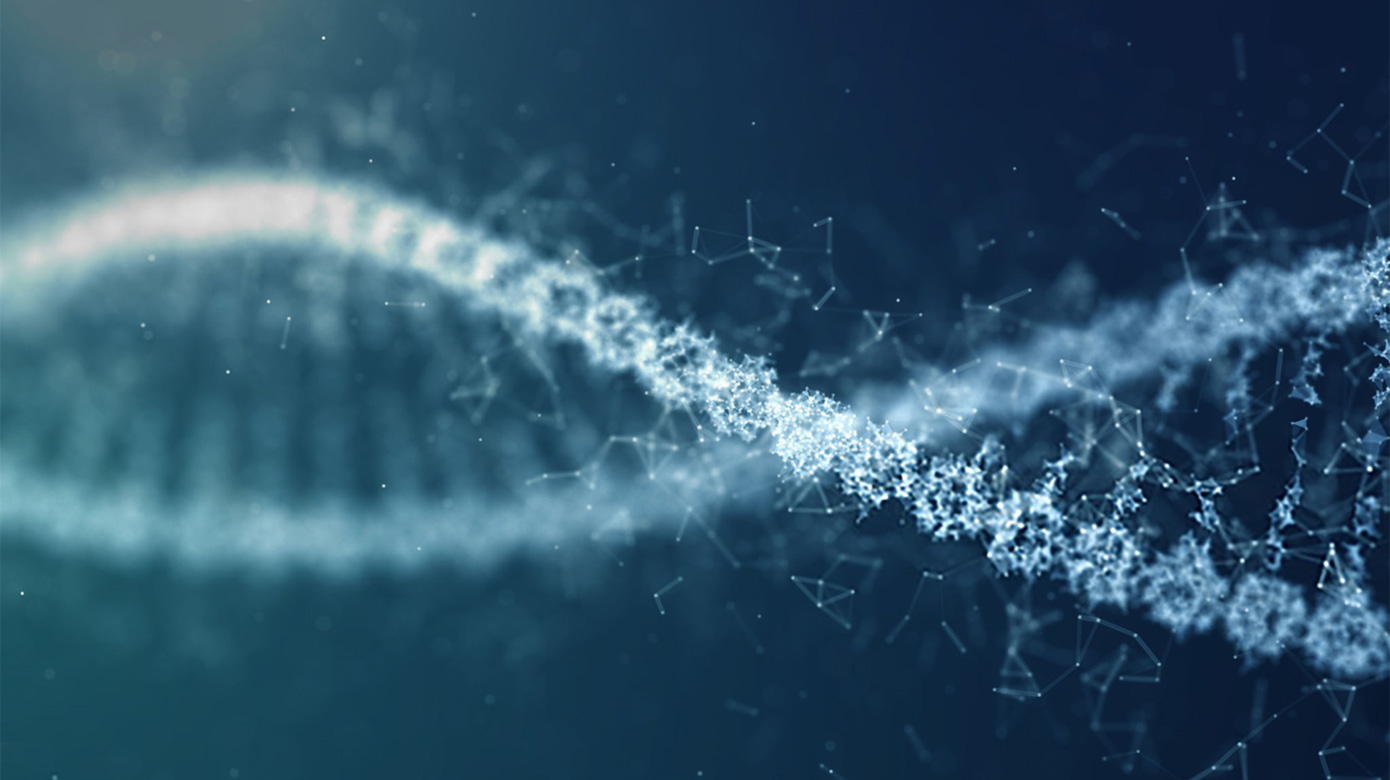Technologies

Translational research has been a cornerstone strategy for Children’s National. In 1989, leadership codified this by forming a separate affiliate, the Children's National Research Institute (CNRI). Today with more than 130 faculty, CNRI advances state-of-the-art biomedical research – bridging discovery to clinical practice. In 2009, a generous gift of $150 million was given to Children’s National to establish the Sheikh Zayed Institute for Pediatric Surgical Innovation to make surgery more precise, less invasive and as painless as possible. Together, these Institutes define innovation in pediatric care in the 21st century. In 2015, Innovation Ventures was established to catalyze these efforts. Innovation Ventures offers guidance and resources to enable Children’s National employees to navigate a clear path to the development of innovative pediatric products.
Please click below to see a complete list of our devices, diagnostics, research tools, software and therapeutics available for licensing.
